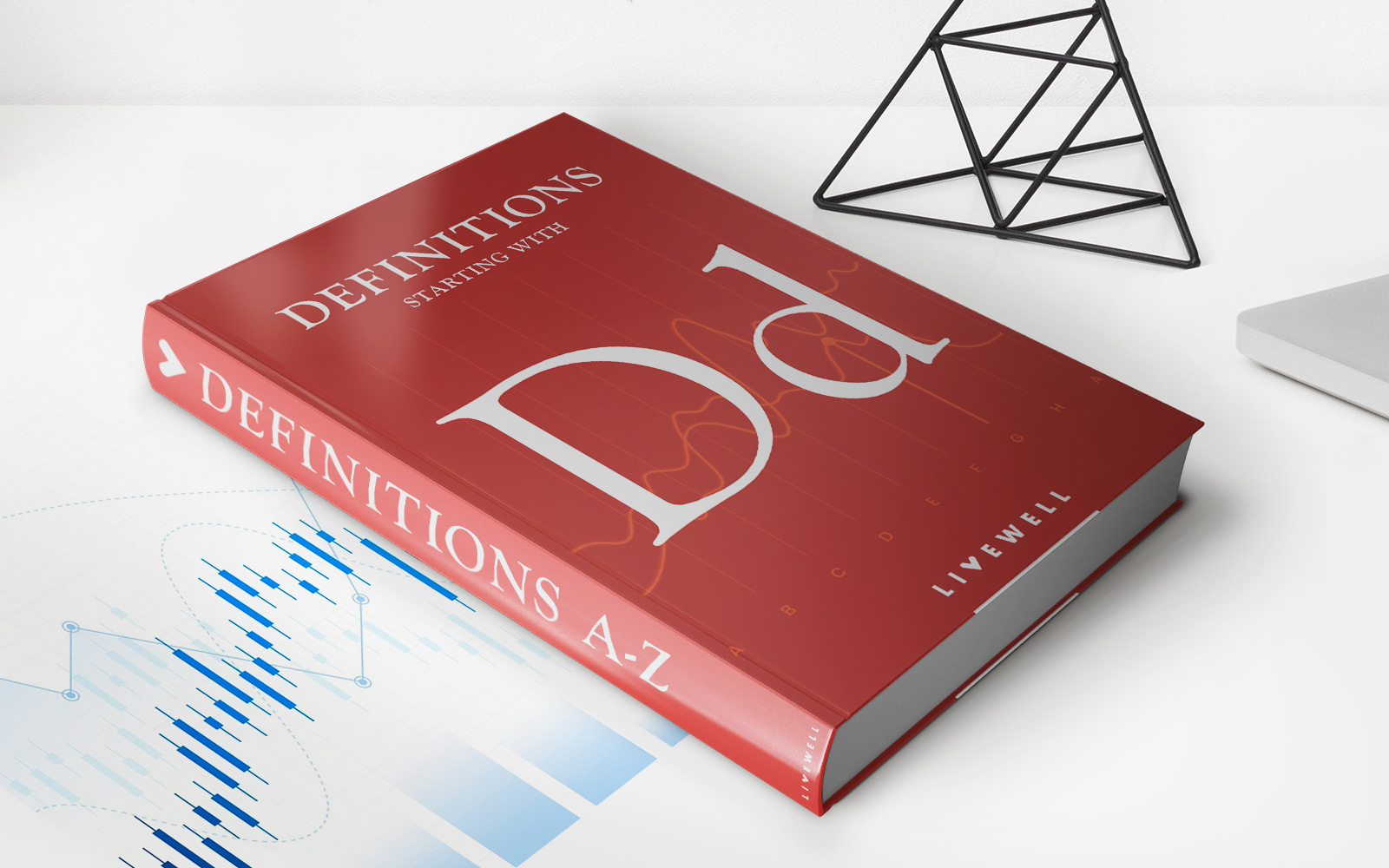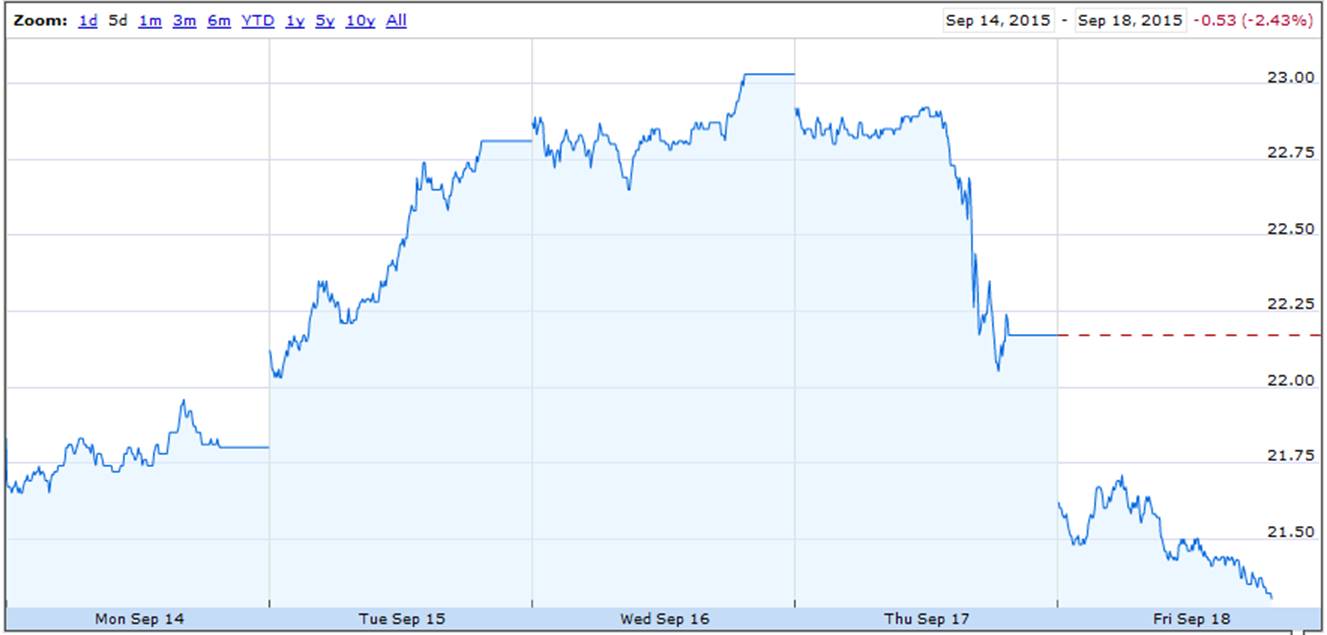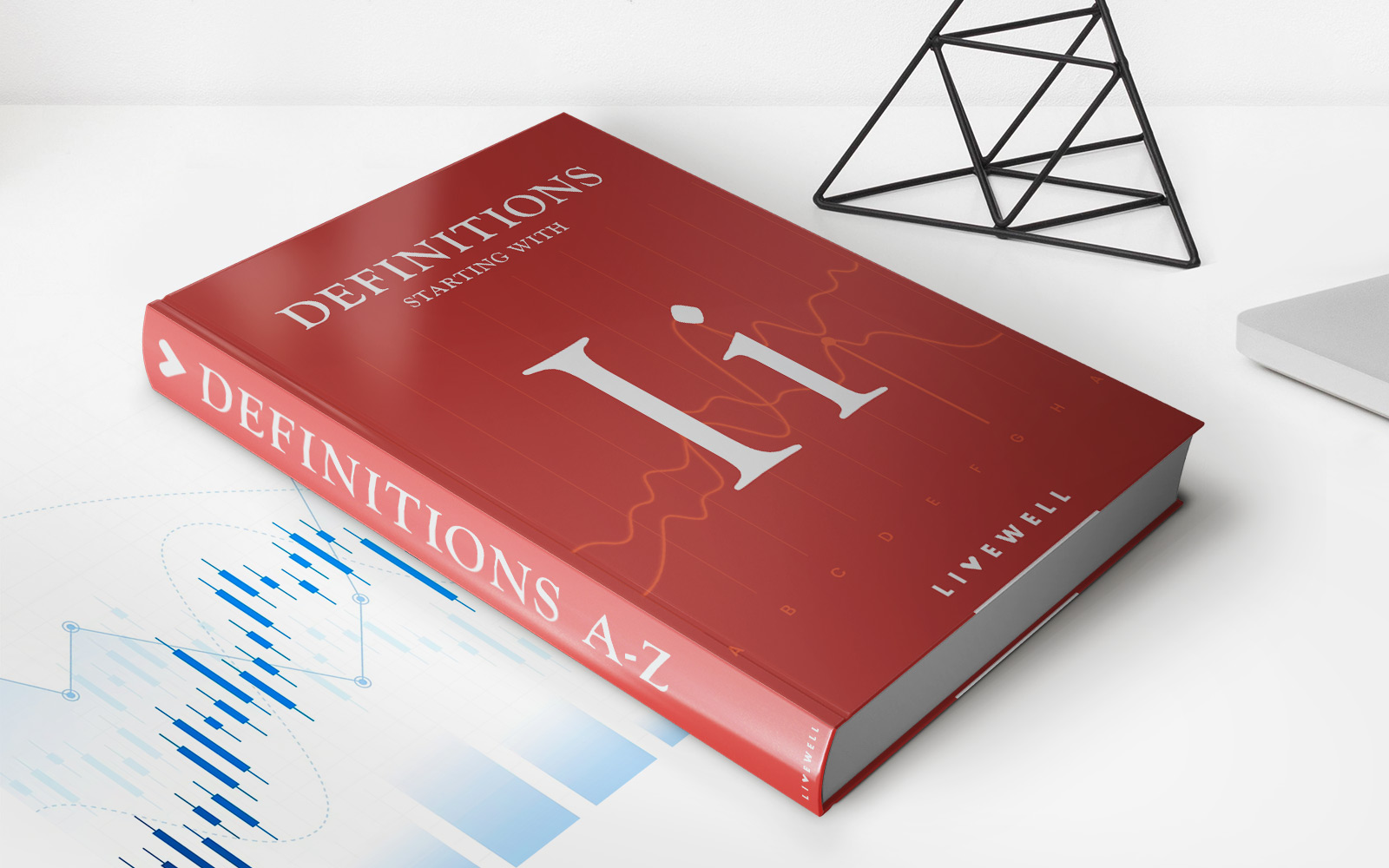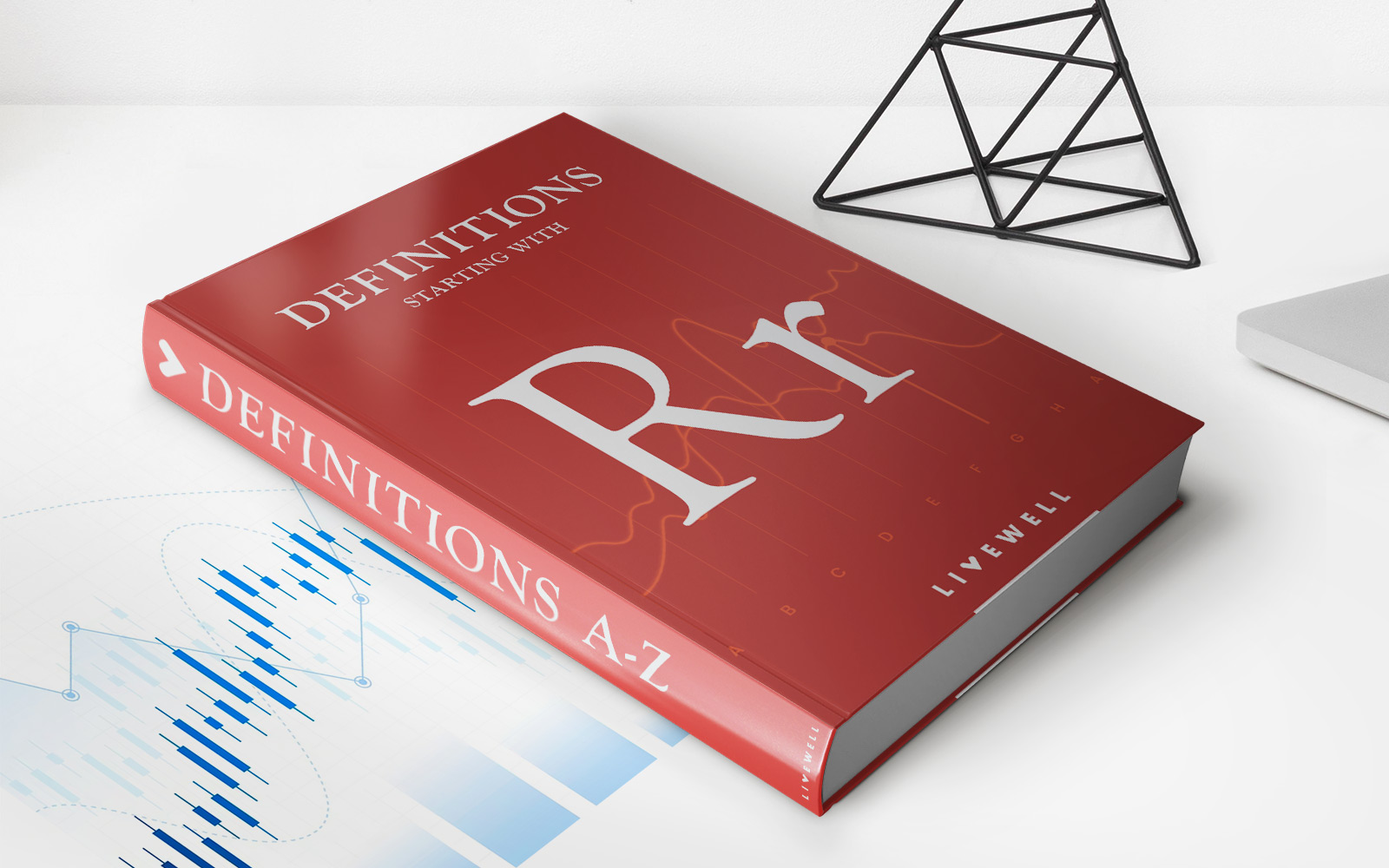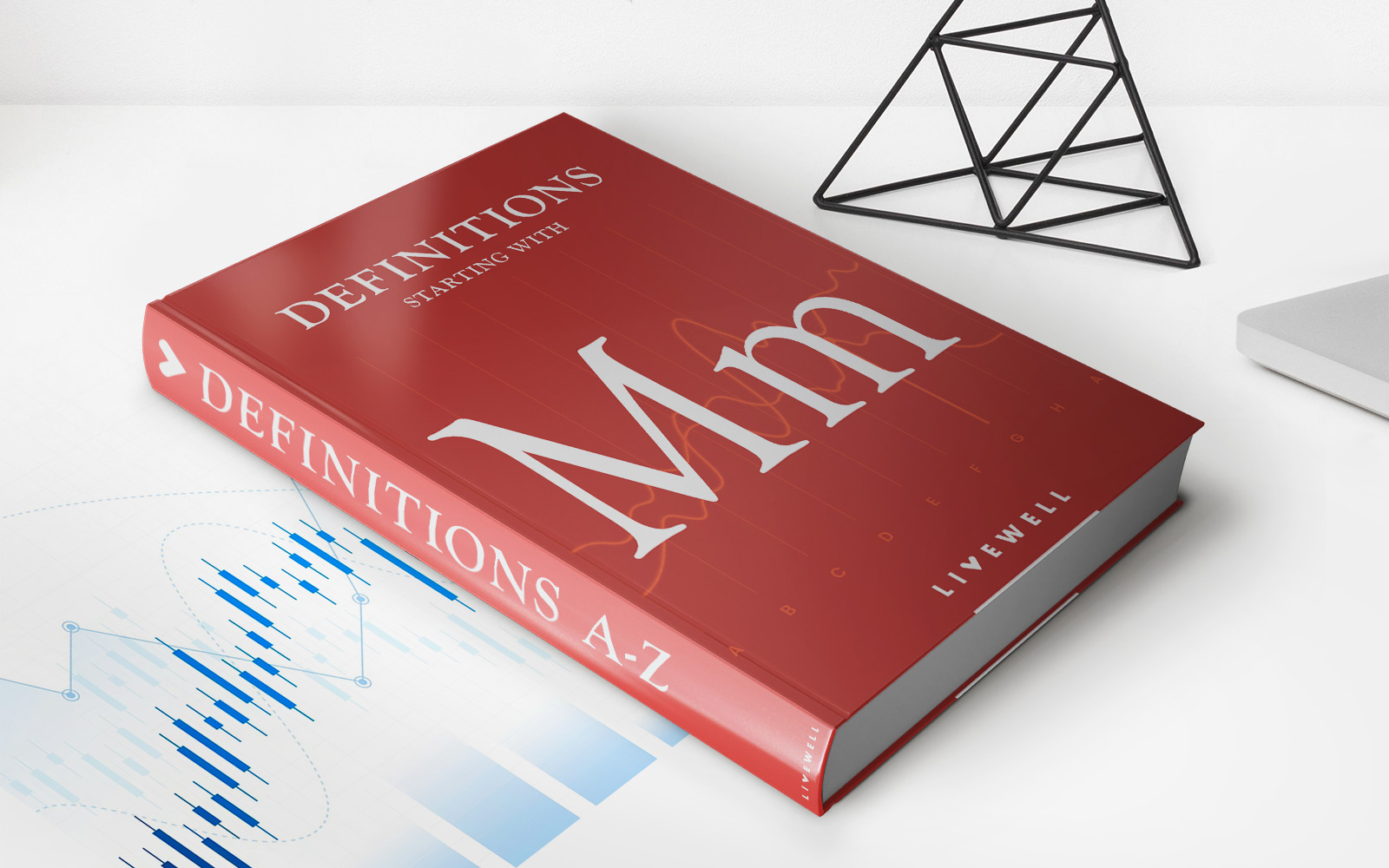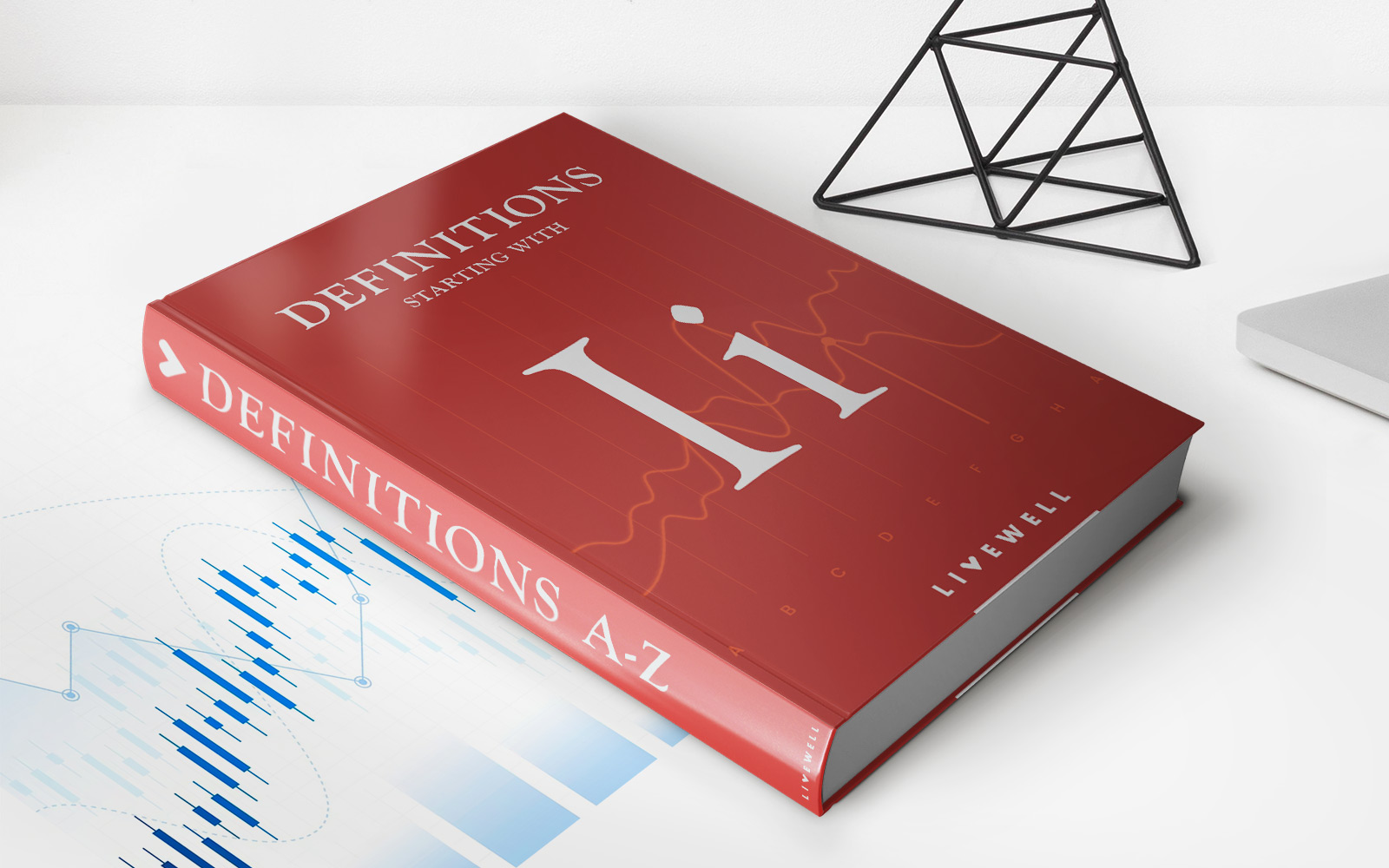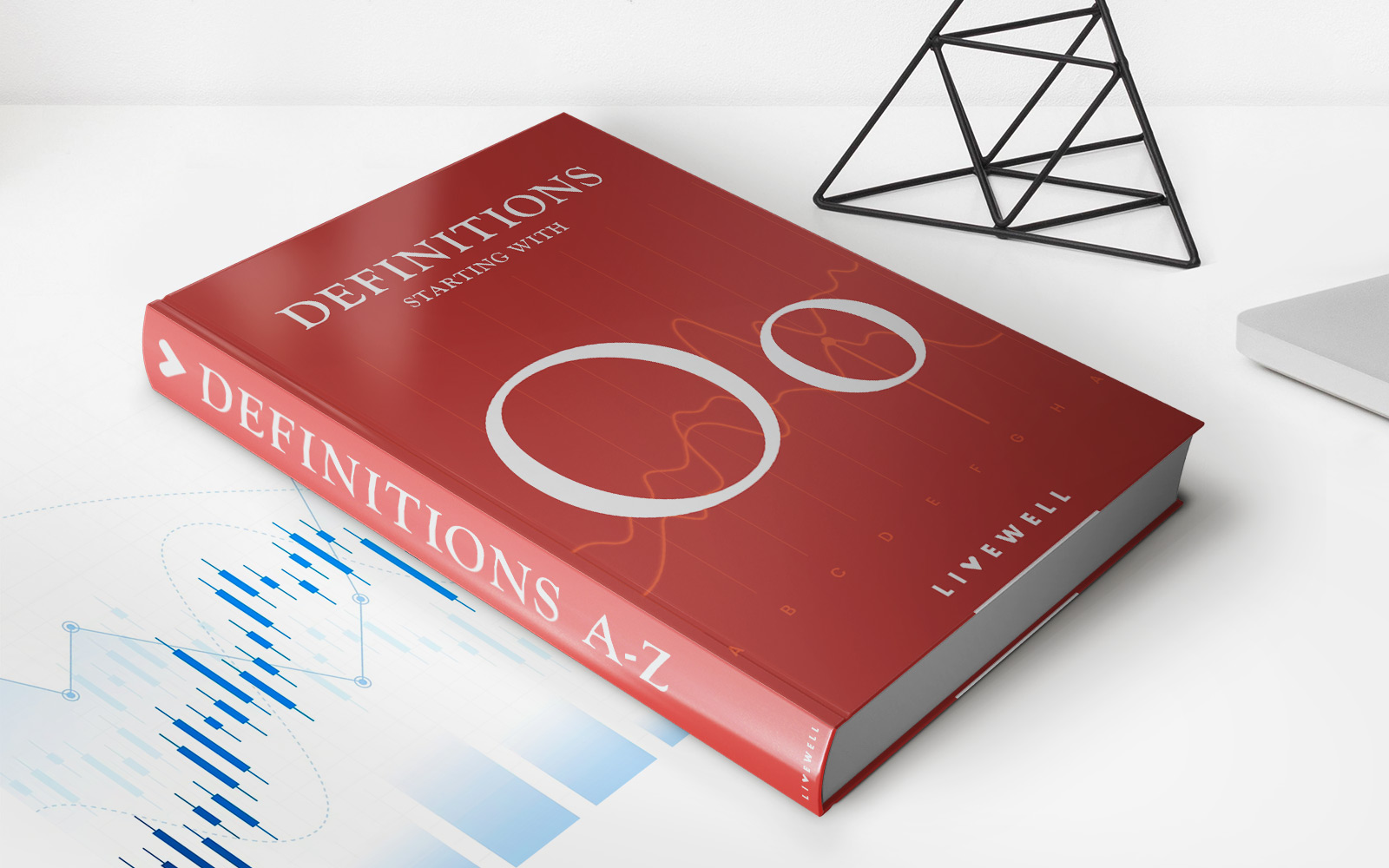Home>Finance>Periodic Interest Rate: Definition, How It Works, And Example
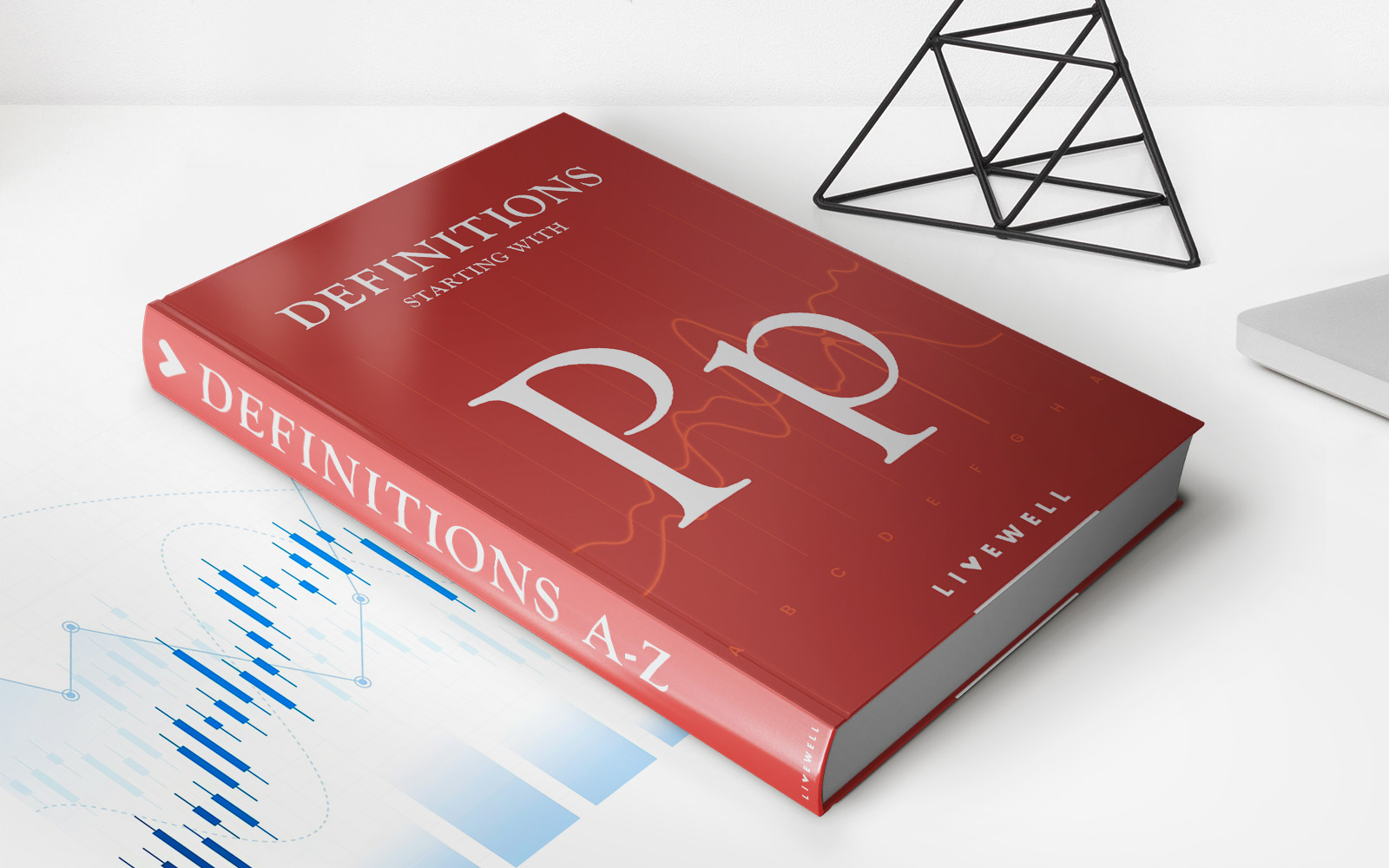

Finance
Periodic Interest Rate: Definition, How It Works, And Example
Published: January 7, 2024
Learn about periodic interest rate in finance, its definition, how it works, and get an example. Understand the concept of periodic interest rate in just a few sentences.
(Many of the links in this article redirect to a specific reviewed product. Your purchase of these products through affiliate links helps to generate commission for LiveWell, at no extra cost. Learn more)
Periodic Interest Rate: Definition, How It Works, and Example
Welcome to our finance category, where we dive deep into various financial concepts to help you navigate the complex world of money matters. Today, we’ll be discussing the Periodic Interest Rate – an essential component of understanding how interest works. Whether you’re a newbie in finance or simply looking to refresh your knowledge, this article will break down the definition, explain how it works, and provide a practical example. So, let’s get started!
Key Takeaways:
- The Periodic Interest Rate is the interest rate applied to a loan or investment for a specific period, such as a month, quarter, or year.
- This rate is often multiplied by the principal amount or outstanding balance to calculate the interest earned or payable during that period.
So, what exactly is the Periodic Interest Rate? In simple terms, it is the interest rate applied to a loan or investment for a specific period, such as a month, quarter, or year. This rate is crucial because it determines the amount of interest earned or payable during that period. To better understand this concept, here are a few key points to consider:
- Calculation: The Periodic Interest Rate is usually expressed as a percentage and is multiplied by the principal amount or outstanding balance to determine the interest for the given period.
- Frequency: The frequency at which the Periodic Interest Rate is applied depends on the terms of the loan or investment. It could be monthly, quarterly, annually, or even daily, depending on the arrangement.
- Effect on Total Interest: The Periodic Interest Rate is a crucial factor in calculating the total interest paid or earned over the entire duration of the loan or investment.
Now, let’s walk through an example to solidify our understanding. Imagine you have taken out a loan of $10,000 with an annual interest rate of 8%. The loan terms state that the interest will be compounded monthly. Therefore, the Periodic Interest Rate in this case would be 8% divided by 12 (months), which equals to 0.67% per month.
To calculate the interest for the first month, you would multiply the outstanding balance ($10,000) by the Periodic Interest Rate (0.67%). In this example, the interest for the first month would be $66.70. The second month’s interest would be calculated based on the new outstanding balance, considering the payment made towards the principal.
As you can see, understanding the Periodic Interest Rate is essential for managing your finances effectively. It enables you to calculate interest accurately and make informed decisions when investing or borrowing. By comprehending this concept, you’ll have a better grasp of how interest affects your financial situation.
Wrapping Up
Now that you have a clear understanding of the Periodic Interest Rate, you can confidently navigate the world of finance. Remember, this rate plays a crucial role in calculating interest, and knowing how it works empowers you to make better financial choices. Stay tuned for our next finance article, where we’ll explore another fascinating topic.
